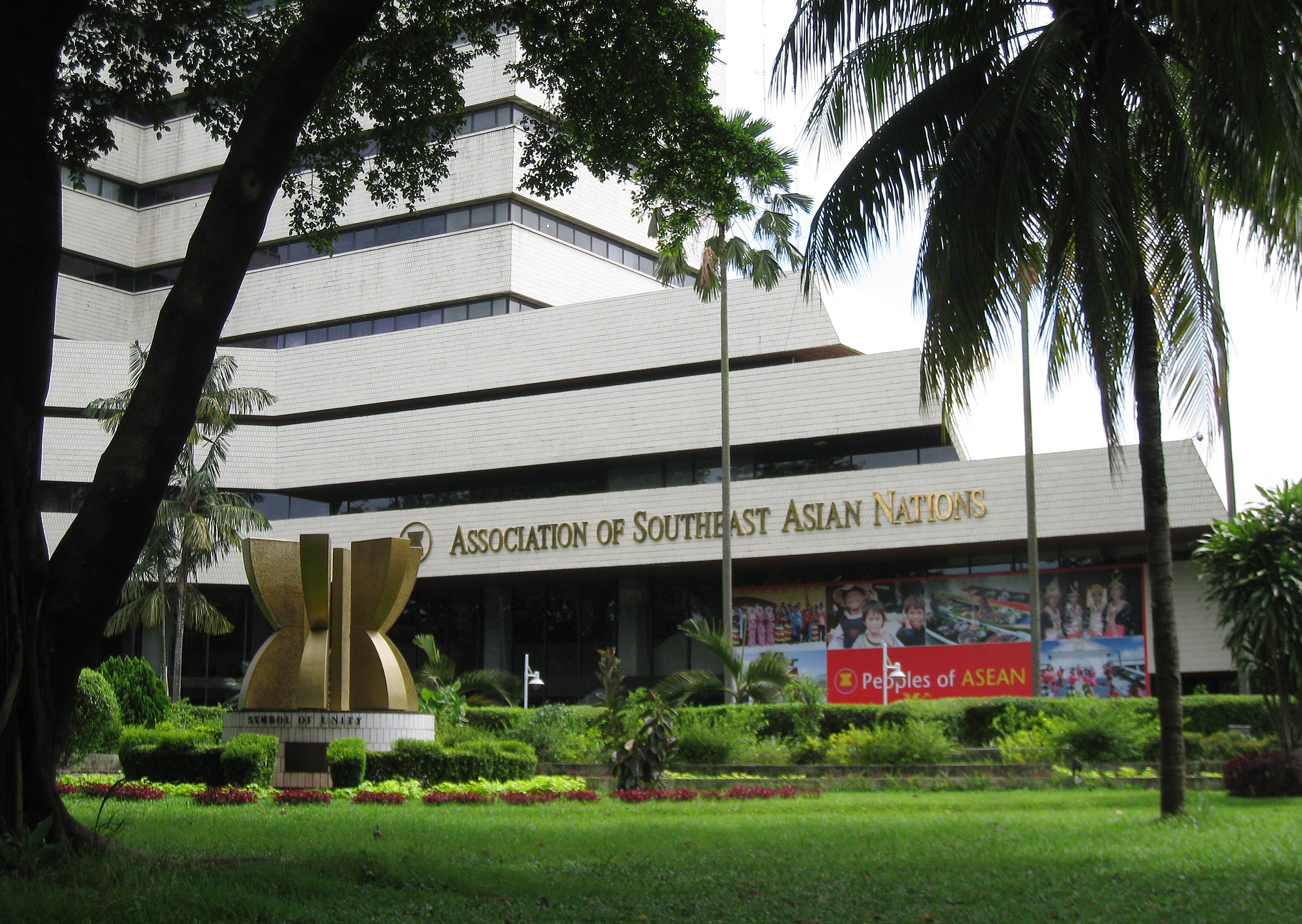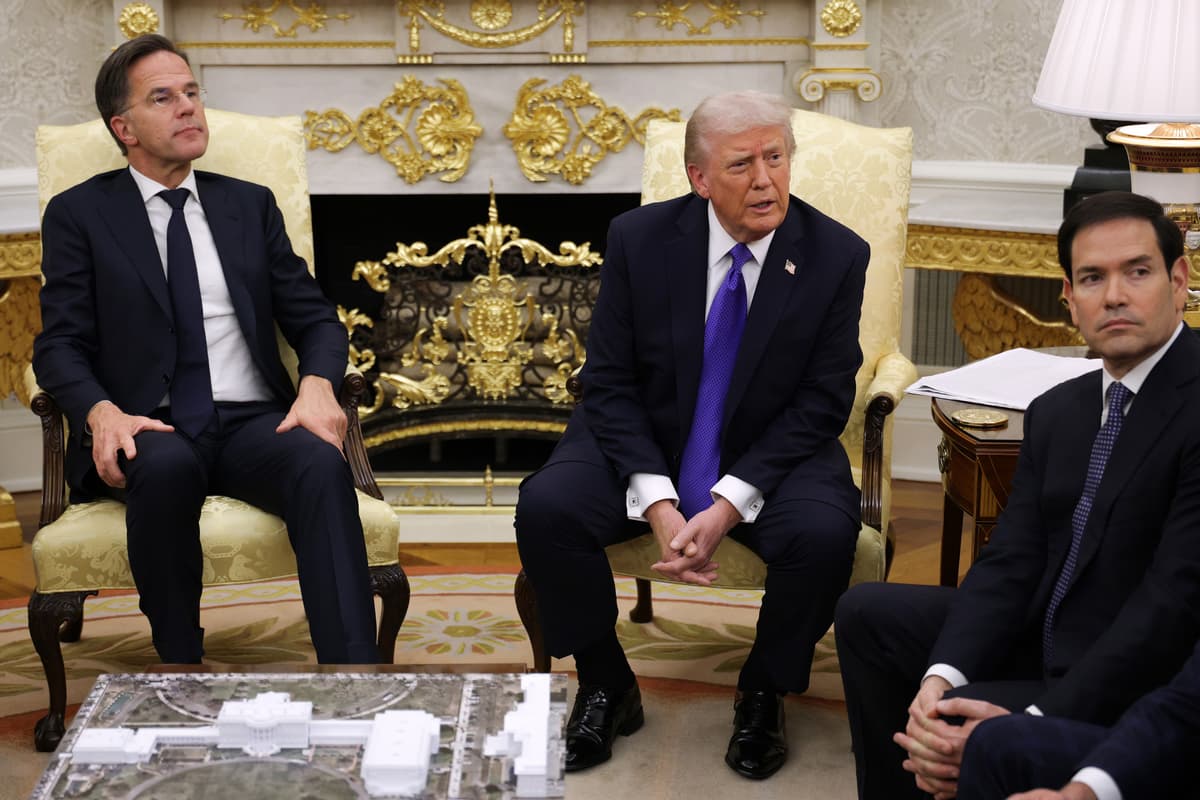China and the Association of Southeast Asian Nations (ASEAN) signed the China–ASEAN Free Trade Area (CAFTA) 3.0 Upgrade Protocol in Kuala Lumpur on October 30, 2023. This agreement represents a significant advancement in regional economic integration, aimed at enhancing trade and investment relations among the member countries. The protocol was signed by Wang Wentao, China’s Minister of Commerce, alongside ASEAN economic ministers.
The updated framework builds upon the original agreement established in 2010. According to the Ministry of Commerce of China, the upgrade significantly expands cooperation in nine key areas. These include the digital economy, green economy, supply chain connectivity, competition policy, and support for micro, small, and medium enterprises. This comprehensive approach is designed to foster growth and resilience in the face of global economic challenges.
During a multilateral meeting between China and ASEAN members, Chinese Premier Li Qiang articulated the potential of the upgraded agreement. He stated that it “creates new opportunities for high-quality economic cooperation.” Li emphasized the negative impact of unilateralism and protectionism on the international economic order. He also expressed concern over rising external interference in the region, citing unreasonable tariffs imposed by certain countries.
Li warned that “power politics and economic bullying” pose threats to regional development. He encouraged ASEAN countries to strengthen unity and cooperation to defend their legitimate rights through coordinated efforts. “The more severe the situation, the more firmly we must strengthen solidarity and cooperation,” he remarked, advocating for stable growth through deeper collaboration.
Commentators suggest that the CAFTA 3.0 Upgrade Protocol will lower trade barriers and enhance investment facilitation between China and the ten ASEAN member states. An expert noted that the agreement would “enable freer flows of goods and capital, and foster an open, fair, and inclusive market benefiting both sides.” This sentiment reflects the broader hope that the agreement will stimulate economic activity and strengthen ties in a rapidly changing global landscape.
The signing of this upgraded protocol marks a pivotal moment in the economic relationship between China and ASEAN. As both regions navigate challenges posed by global trade dynamics, this agreement is expected to play a crucial role in shaping their economic future and promoting regional stability.







